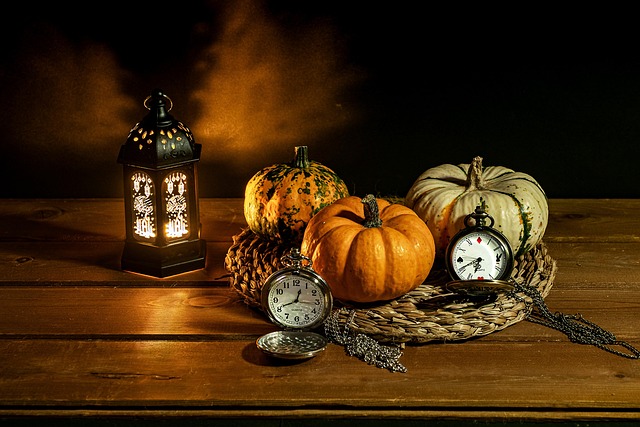The Art of Composition: Harnessing the Power of Optics in Photography
No matter if you’re a novice with a new camera or a seasoned photographer with years of experience, understanding the composition in photography is essential to capturing truly stunning images. The way we frame our subjects, use light, and incorporate space plays a critical role in how effectively we convey our stories through our photos.
When you first hold a camera, you’re taking your first step into a world where optics becomes your best friend. Every lens presents a unique perspective, and with that comes the power of composition. The angle at which you shoot, the distance to your subject, and how you choose the elements that fill your frame can evoke different emotions and reactions from your audience.
A well-composed photograph tells a story. Think of the rule of thirds, a fundamental guideline in photography. By dividing your frame into nine equal sections with two horizontal and two vertical lines, you can place your subject along these lines or at their intersections. This simple technique creates balance while maintaining the viewer’s interest, guiding their gaze through the image.
Another aspect of composition is leading lines. This technique draws the viewer’s eye into the photograph, inviting them to explore the depth and layers within the image. Whether it’s a winding road, a river, or even architectural lines, these elements can serve as an optical pathway, enhancing the visual story you’re telling through your lens.
Of course, the use of light cannot be overlooked; it is the essence of photography. The golden hour, those magical moments just after sunrise and just before sunset, provides soft, diffused light that can enhance your colors and create dramatic contrast. The play of shadows and highlights becomes a tool you can manipulate to create depth in your composition.
Don’t forget about negative space, which can be just as powerful as the subject itself. By allowing enough space around your subject, you draw attention to what’s important, creating impact and emphasis. This minimalist approach in composition can lead to striking results, allowing the viewer to focus on the essence of your photograph without distraction.
As you explore the art of composition in photography, remember that each image is a personal expression of your vision. Your choice of lens, angle, and how you visualize your subject all contribute to the story you wish to tell. Experiment, break rules, and find joy in the nuances of optics and composition, as every click of the shutter opens a new chapter in your photography journey.



